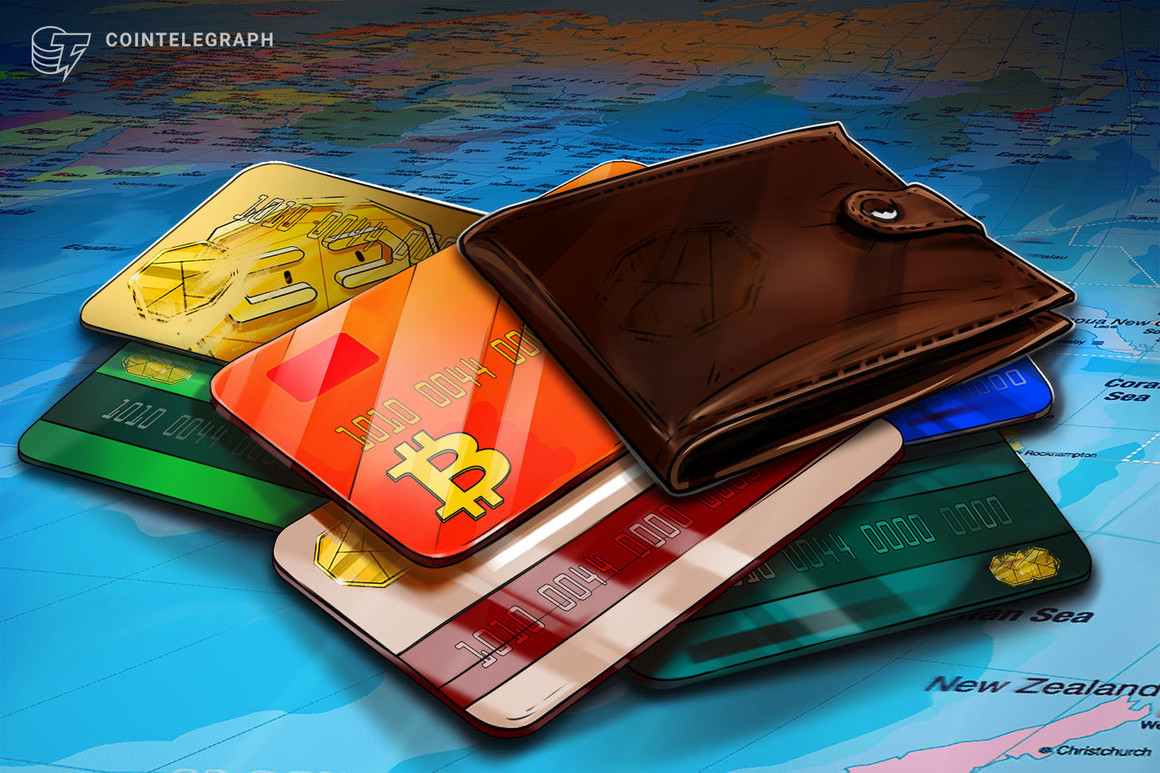Decentralized autonomous organizations are paving the way toward community governance for any kind of company. We’re seeing new creative use cases for DAOs, such as GameFi comic books laying the foundation for collectible card game development and support from key players like Ethereum co-founder Vitalik Buterin — who has claimed there is value in shared decision-making to eliminate acts of collusion.
But on the other end of the spectrum, there are DAOs dissolving or running out of Ether (ETH) to pay back lenders, and there is also declining optimism. The number of critics is increasing along with their concern over the many attack vectors that affect projects. To put an end to this narrative, DAOs need to explore new structures to remain incorruptible. To that end, multisignature wallets are a necessary step toward users and contributors viewing DAOs as a secure alternative to centralized corporate structures and are a vital part of pushing this egalitarian approach to decision-making forward.
Not 100% safe, but close
The concern around safeguarding DAO funds has cast the biggest shadow over their egalitarian structure. Any resource investment into the DAO will be stored in its treasury, and a proper governance structure is non-negotiable. The first thing to make clear is that all Web3 projects and DAOs that want to ensure ongoing operations and future growth of their protocol need to maintain funds.
Making better spending and investment decisions should start with treasury management — especially when DeFi platforms such as bZx are facing hacks, with all members involved in the DAO’s governance team being held accountable for the protocol’s carelessness. There is no such thing as a 100% perfectly safe crypto wallet, but multisignature wallets protect against external hacking threats, as hackers would need access to more than one key to do so.
Not your keys, not your crypto
Large amounts of funds could tempt anyone, so DAOs that want to decrease the risk of unauthorized transactions or rug pulls will benefit from having multiple signatories approve every transaction. Crypto businesses are also prone to key-person risk, just like any traditional business. The benefits of multisignature wallets are twofold: They protect DAOs against malicious actors and against getting hacked.
Related: DAOs need to neutralize whales (and more) if they want better governance
The most notorious example of this kind of risk may still be QuadrigaCX, where the death of its crypto founder, Gerald Cotten — who was the sole possessor of the cryptographic keys to the exchange wallet — left funds worth $198,435,000 in an unrecoverable state. A multisignature arrangement will act as a backup, providing a risk hedge for the loss of a private key by allowing for the storage of multiple keys in different locations.
Multisignature wallets add that additional layer of security and transparency to transactions. One of the biggest misconceptions is that each transaction’s signing has to be unanimous. But for a successful key transaction, a threshold or a certain number of signers must be met — for example, three out of five owners — to ensure a majority vote and prevent one person from having full control. DAO teams can also create spending limits for wallet owners so that small purchases don’t require every owner of the wallet to sign. This will speed up operations.
Don’t give your keys to strangers
For individuals using a wallet for their own funds, having a second person signing off on their transactions isn’t necessary; but for those who are the custodian of an organization’s funds in which others have put in money or when people rely on that money for their livelihoods — for example, salaries — it’s imperative. It would be not only foolhardy but also immoral to hold the fate of an organization to a single point of failure.
Related: Waves founder: DAOs will never work without fixing governance
Some people believe it’s a question of whether to form a DAO or make use of a multisignature wallet — as if the two are at opposite ends of a spectrum. But using multisignature wallets actually lowers the risk of undercutting the group’s objective. It also doesn’t mean that Web3 projects and DAOs are trading decentralization for the ability to process a transaction with higher executability. This is as decentralized as it can get. Someone has to sign, so it’s better to have a few people signing off on transactions. However, you can’t have everyone signing either, as nothing will ever get done.
Setting up the wallet is the easy part — the challenge comes in when considering how to best coordinate signers without reverting to a system where the rich have bought their way to power and now hold the keys. Have an annual revolving roundtable, where three to five DAO members take on a signatory role for a certain period. DAOs could even nominate new people every year so that it’s not the same contributors every time.
Too many hands in the pot
Of course, with more people involved, there is a greater risk of coordination becoming a challenge. You need more people to sign off, and everyone can see everything. Some DAOs will prefer convenience and accept the risks that come with it. Others aren’t willing to compromise and would willingly jump through the extra hoops to secure their funds. We’re even seeing DAOs use a “pod” or subDAO architecture in which they create multiple multisignature wallets for smaller teams so that they can operate more flexibly and speed up the process. At the end of the day, it’s a question of what will make DAOs a more viable option: agile, centralized wallet management or increased security for their funds? Time will tell.
This article is for general information purposes and is not intended to be and should not be taken as legal or investment advice. The views, thoughts, and opinions expressed here are the author’s alone and do not necessarily reflect or represent the views and opinions of Cointelegraph.











